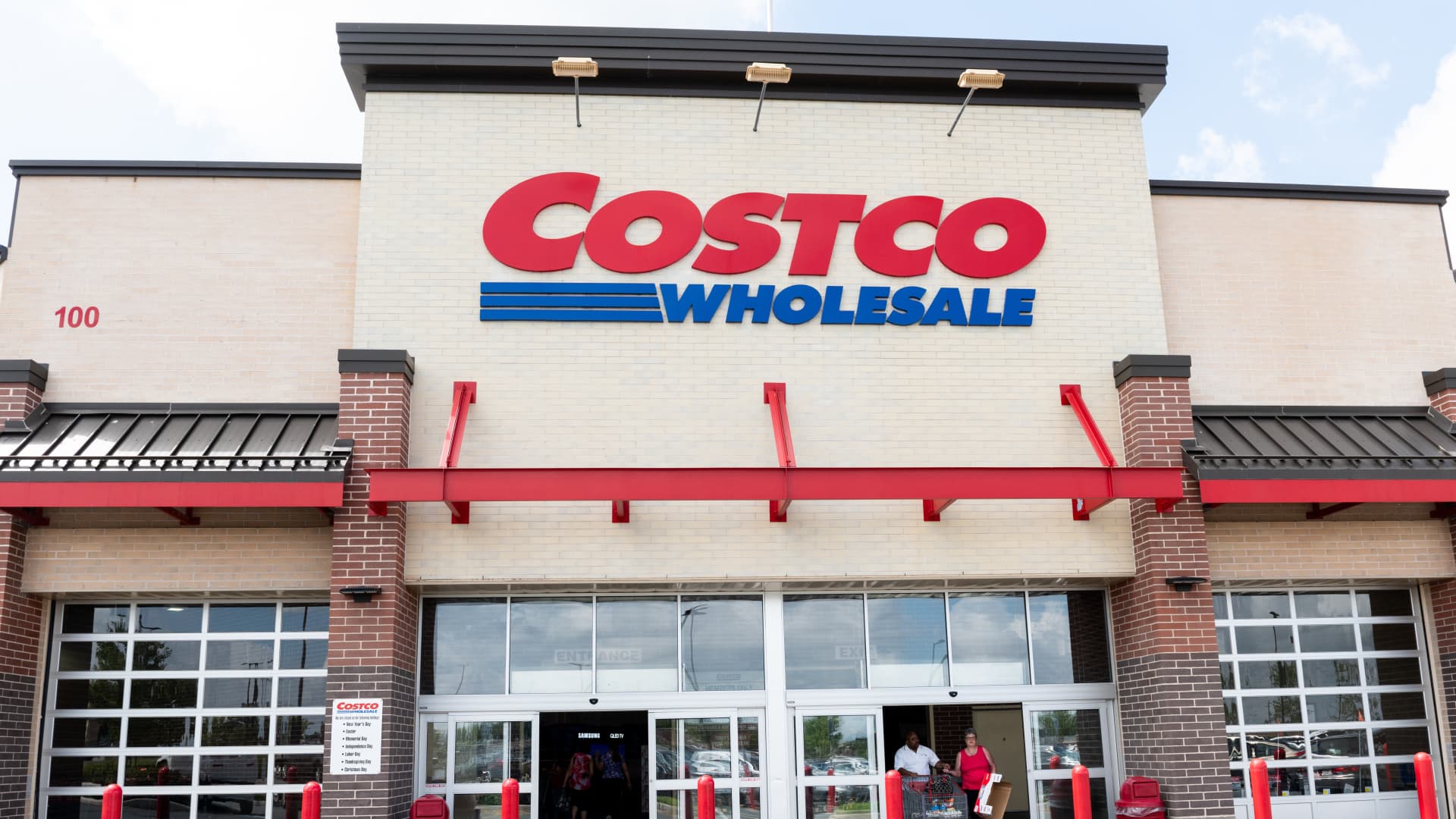
American consumers are spending less money — and the wealthy are leading the way, according to Bank of America Institute. Overall, the bank’s credit card spending per household dropped 1.2% in April compared to 12 months ago, the first negative year-over-year reading since February 2021. Of note, higher-income households’ discretionary spending was lower than that of lower- and middle-income households — and they spent less in April than compared with a year ago. The reason is tied to the deterioration of the higher-income jobs picture. Unemployment is rising faster among that cohort and their pay growth is the weakest, Bank of America said in Wednesday’s report. “Why does this matter? The highest 40% of the households by income account for over 60% of overall consumer spending,” the report stated. “So, a labor market slowdown driven by the higher end of the income scale could have an outsized impact on the overall economy.” The challenges of a consumer base under the strain of inflation and high interest rates was a topic of conversation during this earnings season, with many companies suggesting the pressures will continue into the second quarter, Deutsche Bank pointed out in a note Monday. For instance, on an earnings call in April, Procter & Gamble finance chief Andre Schulten talked about facing “highly volatile consumer and macro dynamics.” Children’s apparel retailer Carter’s also was among those pointing to softening of consumer spending during its April earnings call. “We believe demand throughout the marketplace remains muted as inflation, high interest rates, increasing consumer debt loads and overall weak consumer confidence continued to weigh on consumer spending,” Richard Westenberger, the chief financial officer, said on the late April call. “Pressures on the consumer remain, including moderating wage growth, SNAP reductions, and still elevated inflation,” Deutsche Bank analyst Krisztina Katai wrote. “Additionally, our recent management conversations point to consumers prioritizing necessities.” In this environment, Katai continues to remain defensive. Walmart , Costco and Dollar Tree are among those “well positioned to take advantage of value seeking consumers and need-based purchases,” she said. Retail giant Walmart, which is scheduled to release its latest quarterly earnings report next week, at a recent investor day touted its plans to use automation to more quickly and cost effectively manage inventory as part of its push for higher profits. Like other retailers, Walmart is facing slower sales but benefits from consumers trading down to cheaper alternatives, as well as grocery sales. Costco also gets a large portion of sales from groceries. The warehouse retailer reports earnings later this month, but in February delivered an earnings beat for its fiscal second quarter. Its revenue increased 6.5% year over year to $55.27 billion, but missed analysts’ estimates of $55.54 billion, according to Refinitiv. Dollar Tree also reports earnings later this month. When the discount retailer reported fourth-quarter results in March, it exceeded expectations on both earnings per share and revenue, per FactSet. However, its first-quarter earnings guidance came in lighter than analysts were anticipating. “As an organization, we are moving fast. Our operating initiatives are in flight and are gaining steam and the current economic climate is driving more higher-income consumers into value retail,” Dollar Tree CEO Richard W. Dreiling said on the company’s earnings call. — CNBC’s Michael Bloom contributed reporting.
